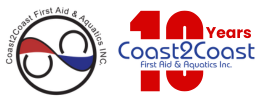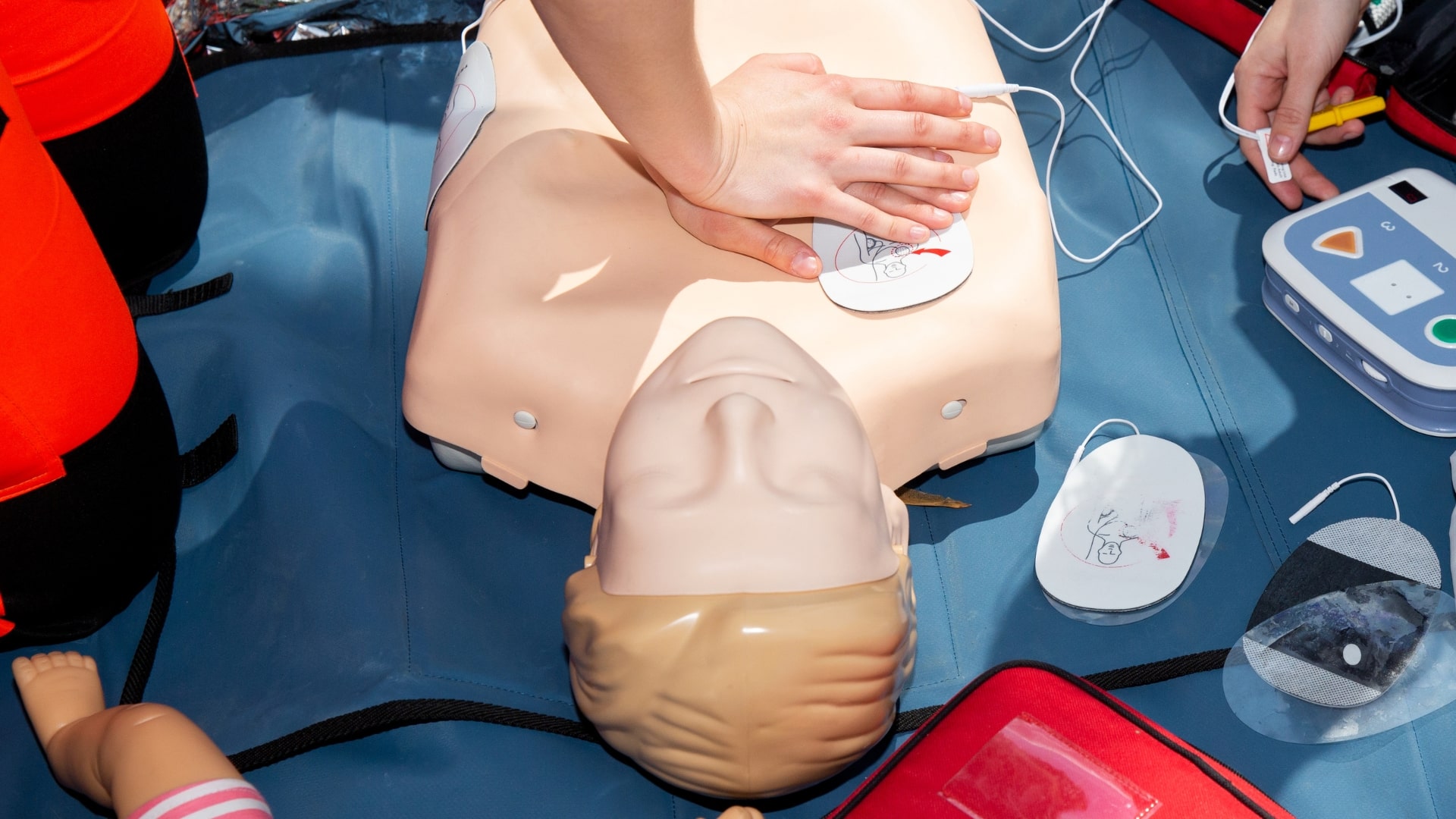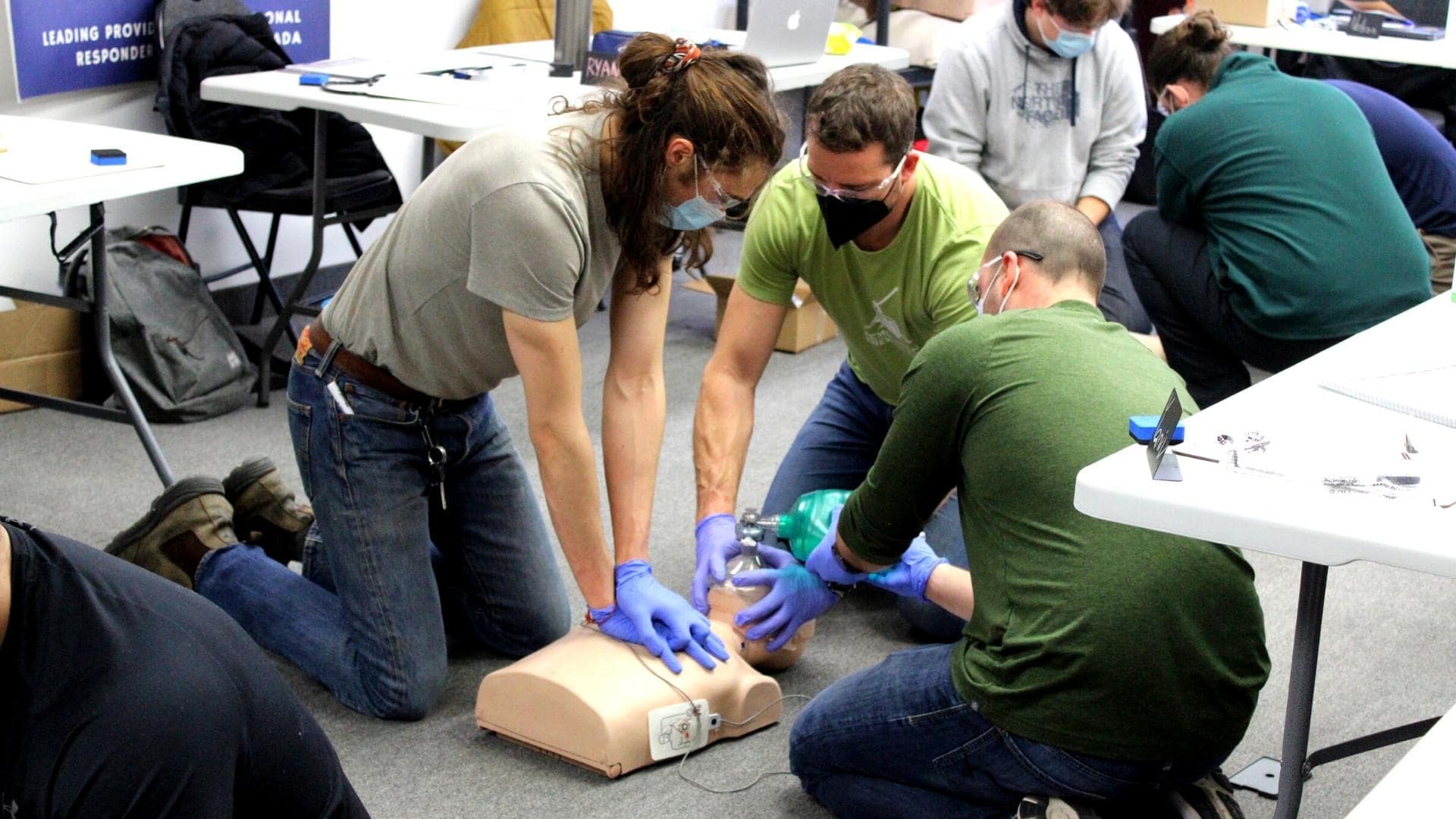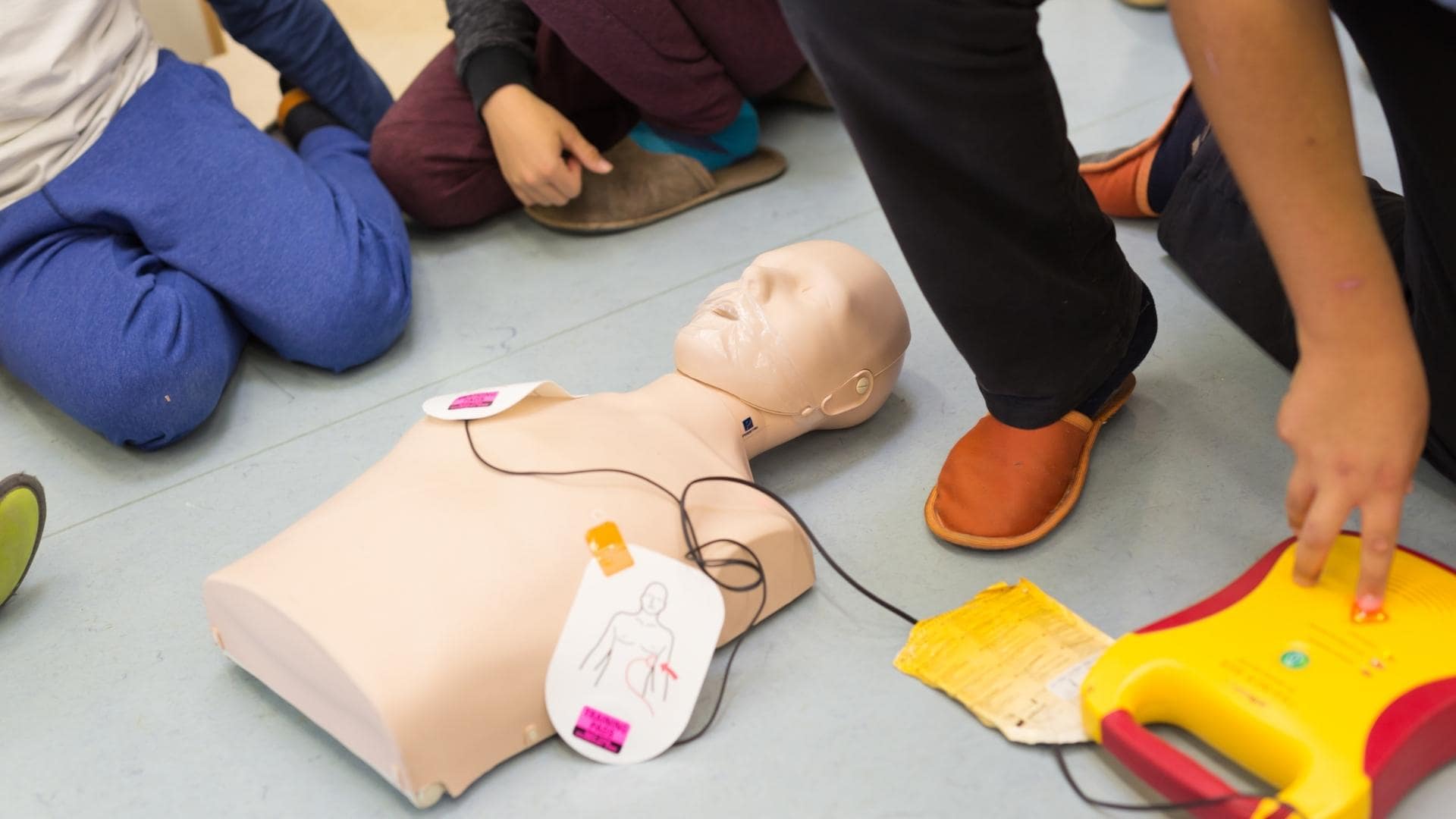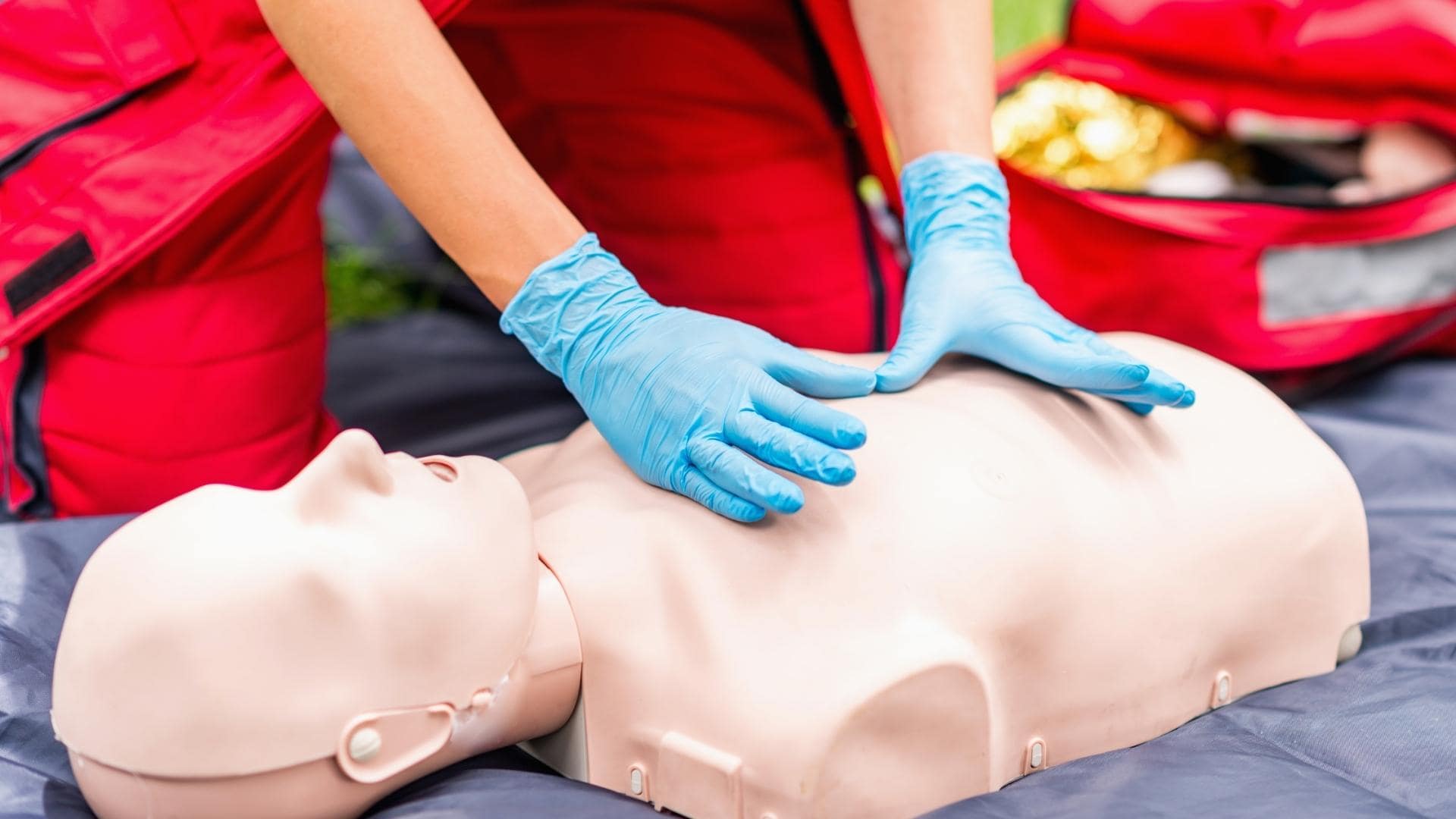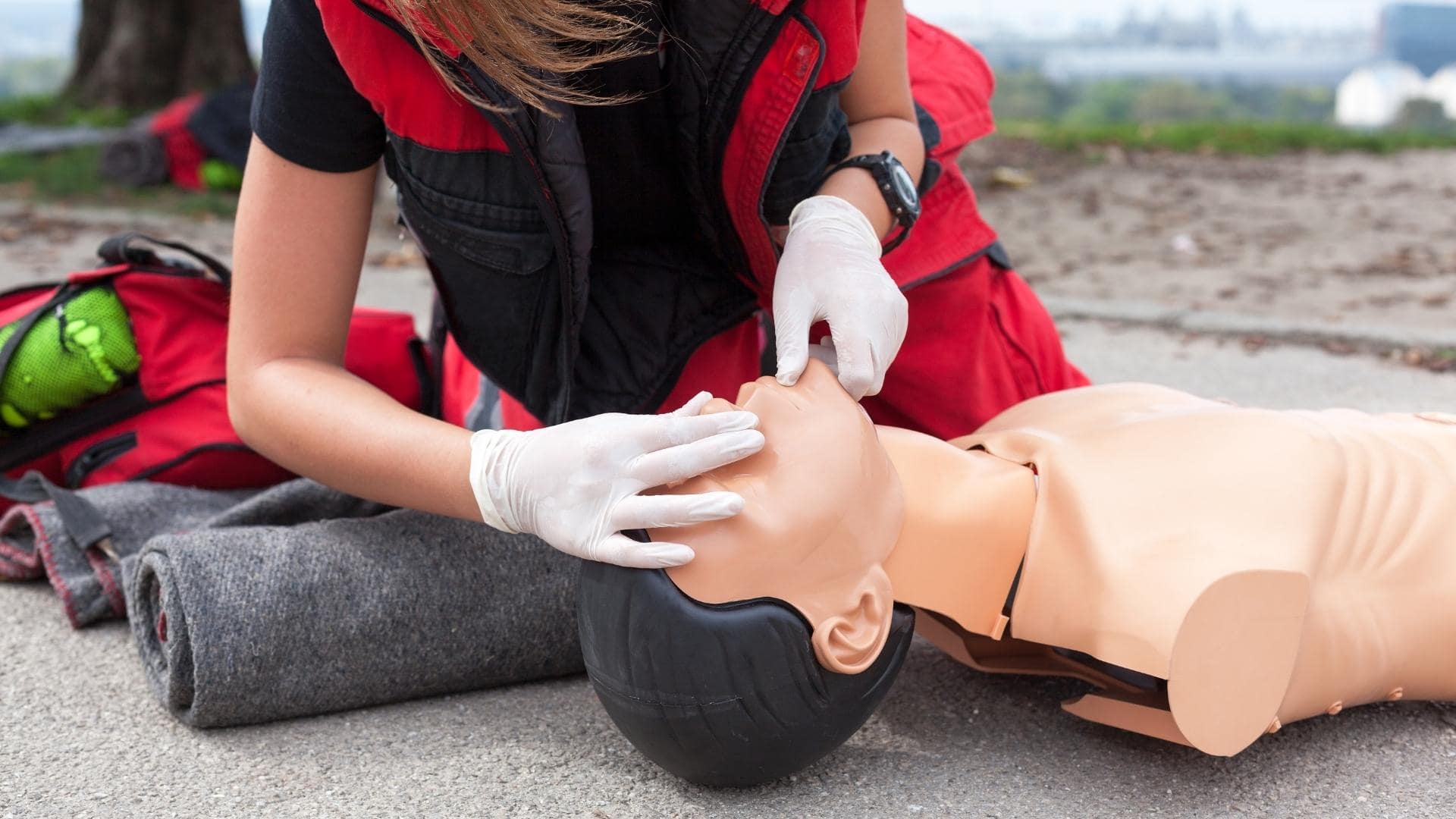IN THIS
Coast2Coast First Aid & Aquatics Blog
The increasing number of people diagnosed with cardiac health issues means millions are at risk of heart attacks and cardiac arrest. Since most of these occur outside of a hospital, Basic Life Support provides the training to help increase survival rates, particularly for cardiac arrest victims who would otherwise have minimal recovery and survival chances without help.
During the early phase of drowning, the person’s airway closes to prevent more water from entering the lungs. Involuntarily, the victim cannot breathe, leading to unconsciousness.
Healthcare professionals play a vital role in their teams as they work in fast-paced environments. They should, as a result, be skilled in performing basic life support. CPR skills are essential in the everyday lives of healthcare workers because their profession focuses on saving lives. The potential for patients going into cardiac arrest is something they need to be aware of at all times and provide help if necessary. So, what is CPR for a healthcare provider?
First Aid training prepares you to help others in several situations, including accidents and medical emergencies. In addition, the theoretical knowledge and practical skills learned during a First Aid course can impact someone’s survival rate.
Given that injuries and illnesses can happen at any time, it’s important to be prepared. With some basic first aid knowledge, you can prevent a minor accident from becoming more serious. A medical emergency is a frightening event, but if you are trained as a first aider, you could save someone’s life.
Many providers in Ontario offer government-licensed and valid certification for First Aid and CPR/AED training. However, you may ask: how much is first aid training, who needs it, and how long does the course take?
